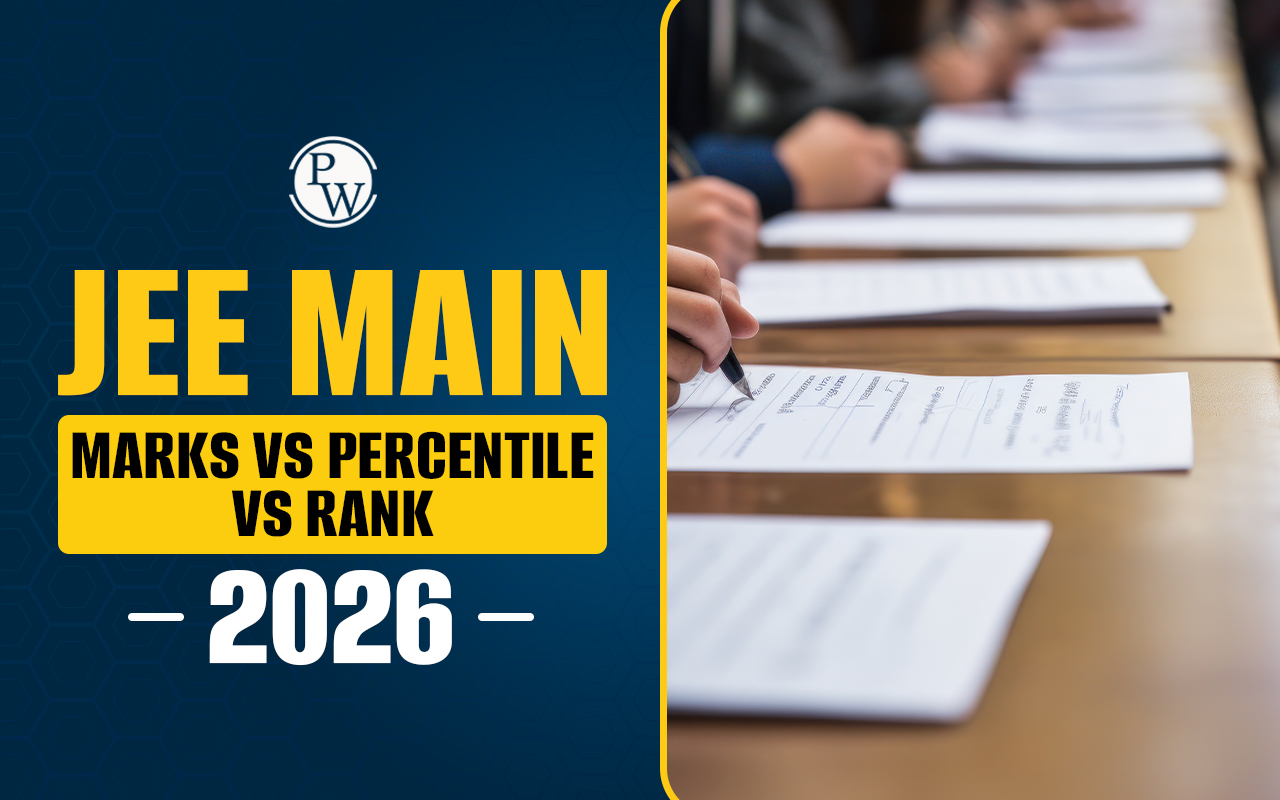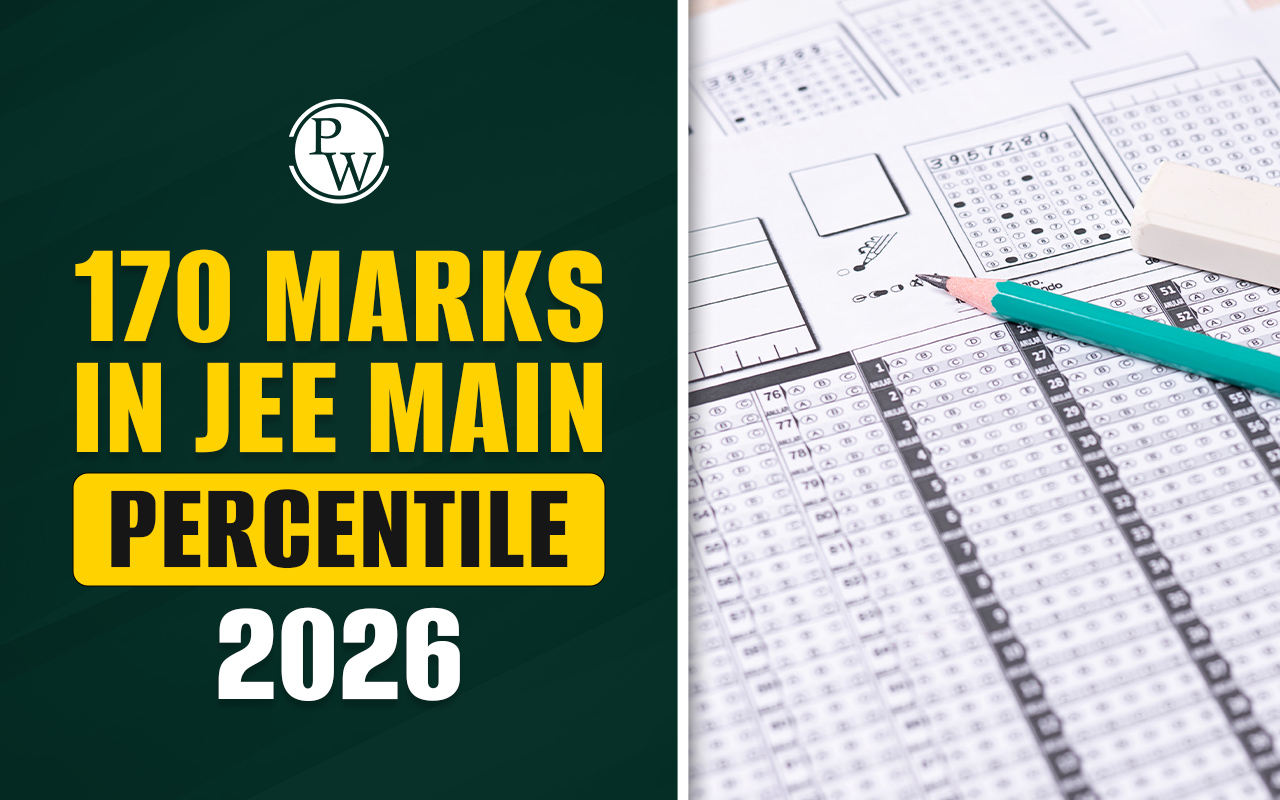
Difference between conductor and insulator: In real life, many materials are good conductors of electricity, such as water, metals, earth, animals, humans, etc. However, we do not experience any shock through a wooden material. Any guesses as to why? It is because wood is a bad conductor of electricity or Insulators. They do not allow currents to pass through them.
If you are preparing for competitive exams like JEE Main and JEE Advanced, knowing the conductor and insulator difference is important, as these concepts are frequently tested in JEE physics questions and are a part of both the JEE Main physics syllabus and the JEE Advanced physics syllabus.
What are Conductors?
What are Conductors? Any material that allows the flow of electric current or heat through it is known as a conductor. A conductor consists of loosely bonded free electrons that can move freely and help in the flow of electric current.When a potential difference is applied to the conductor, the electrons in the conductor start moving from atom to atom. The number of free electrons depends on the outermost shell of the atom's orbit. Two major bands in a conductor affect the conductor's current flow.
In conductors, the valence band and conduction band overlap with each other. Free electrons move from the valence band to the conduction band. It allows free electrons to pass through them easily. In the presence of an electric field, the free electrons move to the partial or half-filled conduction band.
For example, silver, copper, brass, steel, gold, and aluminium are good conductors of electricity. These uses are important for both real-life applications and for exam concepts in the JEE Main exam pattern and JEE Advanced exam pattern questions.
Applications of Conductors
Applications of Conductors: There are many applications and uses of conductors in our day-to-day life. Let us have a look at some of the major conductors.
-
Conductors are used in wiring, copper and aluminium wire are mostly used in wiring for homes, offices, and other commercial uses.
-
Aluminium is used in heavy power transmissions of electricity over long distances.
-
Conductors are also used in the windings of motors and generators.
-
They are used in heating gadgets like heaters, toasters, ovens, stoves, etc., where current passes through these conductors repeatedly and heats the wire.
-
It is also used in earthing wires to pass the electric current into the ground safely.
-
Aluminium foils are also used in packaging food to keep the food warm.
-
Iron is used in vehicle engines to make heat conduction possible.
These uses are important for both real-life applications and for exam concepts in JEE Main and advanced exam pattern questions.
What are Insulators?
Any material that does not allow electric current to pass through it is known as Insulators. There are no free electrons in insulators due to strong covalent bonds in their atoms. It does not allow free electrons to move freely. The resistance inside an insulator is also very high, creating a hindrance in the flow of electric current. There is a significantly large gap between the valence and conduction bands in the insulator energy band diagram.
For example, glasses, plastic, wood, and rubber are bad conductors and do not allow electric current to flow through them.Applications of Insulators
Insulators do not allow electric current to pass through them. However, this property of insulators has many applications in real life.
-
They are used in making insulations in safety equipment to prevent any chance of electric shocks. Insulators are used in the insulation of wires, cables, and electric components to ensure safety.
-
Thermal insulators can prevent the flow of heat and ensure safety from heat. It is used where fire-based tasks mostly happen. It ensures fireproofing walls.
-
They are used in power distribution systems and high-voltage types of equipment to ensure safety from electric shocks.
These points are useful to differentiate between conductors and insulators when preparing for JEE Advanced physics syllabus topics related to electricity and magnetism.
Difference Between Conductor and Insulator: Bands
There are two most important bands in conductors and insulators which determine the flow of electric current. The forbidden gap is very large in insulators, due to which electric current cannot flow through them. However, both conduction and valence bands overlap in the case of conductors.In insulators, the valence band is fully filled with electrons, and the conduction band is partially filled. There is a large forbidden gap between both the bands which restricts the flow of free electrons between the bands.
Difference Between Conductor and Insulator Table
Difference Between Conductor and Insulator : There are two types of materials. One allows electric current and heat to pass through it, and the other does not allow it. The table below will help you distinguish between conductors and insulators clearly:| Difference between conductor and insulator | |
| Conductor | Insulator |
| Any material that allows the flow of electric current or heat through it is known as a conductor. | Any material that does not allow eclectic current to pass through it is known as Insulators. |
| Conductors consist of free electrons, which allow electric current to flow through them. | Insulators do not have free electrons due to strong covalent bonds and hence cannot flow electric current from one atom to another. |
| The electric field stays at the surface of a conductor. | No electric field stays at the surface of insulators. |
| It stores energy in a magnetic field. | It does not store magnetic field energy. |
| The thermal conductivity of a conductor is high. | The thermal conductivity of an insulator is low. |
| Conductors do not have strong covalent bonds. | Insulators have strong covalent bonds. |
| Conductors have low resistance and allow electric current to pass through it easily. | Insulators have very strong resistance and do not allow electric current to flow through them. |
| The resistivity inside a conductor varies from high to low. | The resistivity inside an insulator is always high. |
| They do not have any forbidden gaps between the conduction and valence bands. | There is a large forbidden gap between the conduction and valence bands. |
| The conduction band is full of electrons, and the valence band remain empty. | The insulator valence band is full of electrons, and the conduction bands are empty. |
| They are used in electric wires, power supply, and making conductors. | They are used to provide insulation and safety from electric current. |
| Examples: aluminium, gold, silver, humans, animals, earth, etc. | Examples: Rubber, wood, plastics, paper, etc. |
Difference Between Conductor and Insulator FAQs
Q1. What do you mean by conductors?
Q2. Explain insulators.
Q3. Why do electric currents not flow through insulators?
Q4. What is the difference between insulators and bad conductors?










